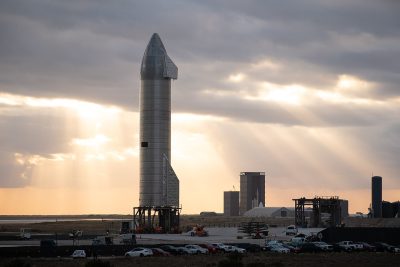SpaceX Satellites Forced to Swerve Every 10 Minutes
That's an average, based on 25K avoidance maneuvers reported in 6 months

All Global Research articles can be read in 51 languages by activating the Translate Website button below the author’s name.
To receive Global Research’s Daily Newsletter (selected articles), click here.
Click the share button above to email/forward this article to your friends and colleagues. Follow us on Instagram and Twitter and subscribe to our Telegram Channel. Feel free to repost and share widely Global Research articles.
***
Space is unimaginably vast, so you’d think there would be more than enough room for whatever you want to put into orbit. SpaceX and Starlink engineers would likely tell you it’s not that simple. An FCC report filed by the Elon Musk-led satellite internet provider on June 30 indicated the 4,000-plus Starlink satellites in low Earth orbit completed more than 25,000 collision avoidance maneuvers in the period between December 1, 2022, and May 31, 2023. Gizmodo explains what triggers such a movement, with SpaceX having explained that it would move its Starlink satellites if the chance of hitting space debris or another satellite exceeded 1 in 100,000.
As Space.com reports, the numbers contained in the FCC report work out to be an average 137 course adjustments a day, or one about every 10 minutes. And the problem isn’t going to improve over time. Astronautics professor Hugh Lewis says we’re seeing exponential growth in these maneuvers. “Every six months, the number of maneuvers that are being made doubles,” and “if you project that out, you’ll have 50,000 within the next six-month period, then 100,000 within the next, then 200,000, and so on.”
This means Starlink satellites will need to be increasingly more nimble, with Lewis projecting that within five years, “Starlink satellites will have to maneuver nearly a million times in a half-year to minimize the risk of orbital collisions.” Add to that SpaceX’s goal of ultimately launching a total of 42,000 satellites, per Gizmodo, and suddenly near-Earth orbit is a very crowded place to be. (Starlink’s internet satellites aren’t the only ones challenged by this overcrowding.)
*
Note to readers: Please click the share button above. Follow us on Instagram and Twitter and subscribe to our Telegram Channel. Feel free to repost and share widely Global Research articles.
Featured image: SpaceX Starship SN9 prototype (Licensed under CC BY-SA 4.0)

